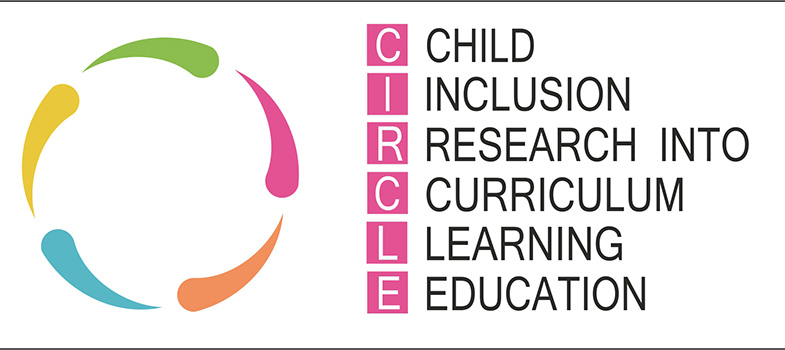3.3 Developing an inclusive classroom
Developing an inclusive classroom is the first stage in supporting learners who require additional support to be successful learners, confident individuals, responsible citizens and effective contributors.
Teachers who had an input into the development of CIRCLE talked about a number of key areas when considering the concept of an inclusive classroom; these are shown in the interactive diagram in Figure 15 below.
Hover over each segment of the diagram and the numbers 1–4 display the key areas for each heading in the space below.
It is recognised that many of the principles used in an inclusive classroom could be used in any learning environment.
The resource ‘Inclusive Classrooms Development Guide [Tip: hold Ctrl and click a link to open it in a new tab. (Hide tip)] ’ will support you to explore this area further and answer the activities in this section. A short summary of the areas covered in the guide is outlined here:
Preparation and planning
The first step to setting up an Inclusive classroom is being organised and prepared for each year/term/week/day/lesson. Preparation and planning includes consideration of all the features of an inclusive classroom.
For further information refer to Page 1 in the download ‘Inclusive Classrooms Development Guide’.
Physical environment
The physical environment refers to the physical layout of the classroom (or alternate teaching space) and the resources used within it.
For further information refer to Page 8 in the download ‘Inclusive Classrooms Development Guide’.
Social environment
The social environment is concerned with the attitudes, expectations and actions of those within the class and how these can affect learners either positively or negatively.
For further information refer to Page 10 in the download ‘Inclusive Classrooms Development Guide’.
Structures and routines
Structures and routines are events that happen in the same way with regularity. The start, middle and end of the routine becomes predictable through repetition.
For further information refer to Page 14 in the download ‘Inclusive Classrooms Development Guide’.
Activity 7: Developing an inclusive classroom
To end this section on developing an inclusive classroom please complete this short activity.
Please note: This activity is a formative quiz question and the mark given is purely for self-assessment. The mark gained in this question does not count towards the final end-of-module quiz.
3.2 What is an inclusive classroom?
